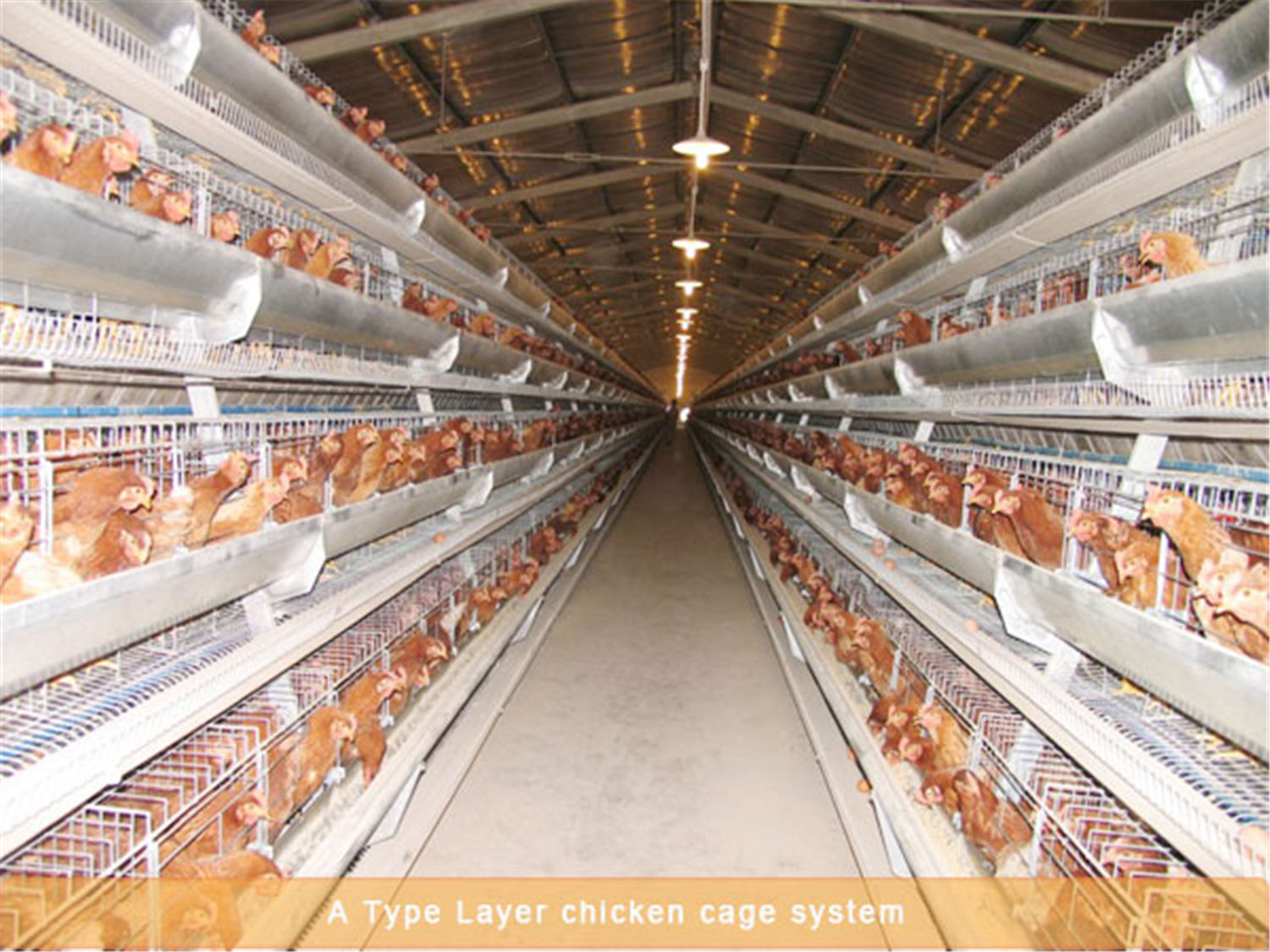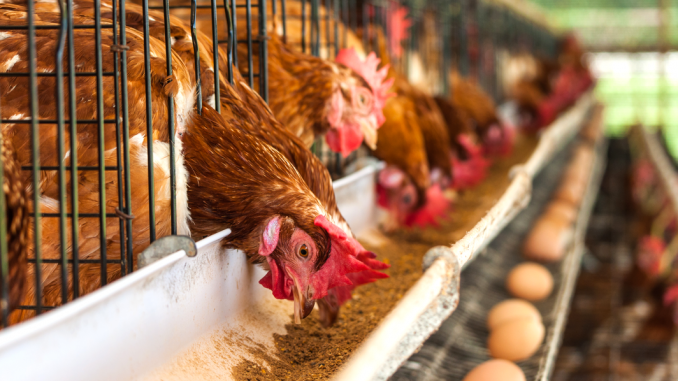8 points of chicken management in layer battery cages
- font size
- Be the first to comment!
With the scale development of the breeding industry, the number of chicken in layer battery cages is also increasing. But there are more and more problems encountered in the cage process. Layer cage equipment manufacturers share some suggestions for battery cage for layers.
- Grouping
Three-dimensional chicken raising mostly uses whole layer baby chick cages. When the chick density is too high, it is necessary to divide the group at the appropriate time to ensure that the chicks are evenly weighed. The first grouping is generally between 12 and 16 days of age. If the group is too small, it is easy to drill out in the gap of the breeding cage, and it will also cause a waste of space and energy. The second grouping, at 25 to 28 days of age. When grouping, the principle of "staying the weak but not the strong" is adopted. The healthy chicks with heavier weight are placed in the lower layer, and the weak chicks are left behind.
- Chicken house disinfection
Thoroughly clean and disinfect the chickens 5 days before entering the farm, avoid using caustic soda and other corrosive disinfectants to prevent equipment damage, and fumigation with formaldehyde potassium permanganate is very effective, but there are requirements for the temperature and humidity of the chicken house, otherwise will affect the disinfection effect. Seal the doors and windows tightly, and open the windows for ventilation after 24 hours. At this time, the personnel entering and leaving the chicken house must be strictly disinfected to avoid destroying the disinfection effect. irritation of the villi to the respiratory tract.

- Coop temperature
There is a temperature difference between the upper, middle and lower tiers of the battery chicken cages. And the lower the outdoor temperature, the greater the temperature difference. The brooding is generally on the highest floor, because the highest temperature is the highest, which is conducive to saving heat. On the first day when the chicks enter the farm, the temperature should be controlled at 33-34 °C, and the temperature can also be adjusted according to the state of the chicks.
- Ventilation
The key to successful breeding lies in ventilation. Reasonable ventilation can remove harmful gases, control temperature, and reduce the occurrence of diseases such as ascites, chronic respiratory diseases and colibacillosis. The density of the chicken house area for feeding hens in battery chicken cages is high, so ventilation is more important.
- Use of poultry farming equipment
Large and medium-sized chicken farms are equipped with advanced poultry equipment. But only with advanced equipment, you may not be able to raise chickens well. With the continuous improvement of scale and automation, breeding failures are also common, and the key lies in the organic combination of people and equipment.
- Lighting
The battery cage system adopts artificial lighting, which is convenient to control the lighting time. Seven days before brooding, 24 hours of light is generally used, and then gradually 22 hours. The purpose is to let the chicks get used to the dark environment, so as not to suffer from crushing casualties caused by sudden power failure, and then gradually increase to 24 hours of light one week before slaughtering.

- Drinking water
After the chicks enter the house, ensure that they can drink water within 2 hours. For some weak seedlings, the method of artificially dipping their mouths can be used to make them drink water. The purpose is to let the chicks learn to drink water as soon as possible. In addition, the height of the automatic waterer should be moderate. If the dripper is too low, the chicks will stand in the dripper's water cup and get wet. If the dripper is too high, the weak chicks cannot drink water; Pressure relief valve, the pressure is too high, the chicks are afraid of avoiding it, and it also wastes water resources. If the pressure is too low, the water intake of the chicks at the end may not meet the standard. As the chicken age increases, increase the water pressure appropriately
- Eating and feeding
After the chicks are put into the house, they must drink water first, and then feed them, which is conducive to the digestion of the chicks. 2 to 3 hours after drinking water, put the feed into the opening plate for the chicks to peck. An average of 25 chicks in battery chicken cages has a small trough, and it must be fed less frequently to prevent feed contamination and mildew. The trough is generally used for about seven days, and then replaced with a long trough, which has a large area. At the end of the meal, the feed intake of the chicks starts to slow down. Therefore, it is necessary to use a brush to sweep the feed to the side close to the chicken, which is conducive to the feeding of the chicks and prevents the feed from becoming moldy. In the first 10 days, feed 6 to 8 times a day. In order to make the chicks have a good feeding effect, it is best to feed them when they are eaten up immediately but not yet eaten up. For the first three days of the chickens, the feeding standards are strictly scheduled and quantitative to prevent the chickens from growing too fast, resulting in incomplete development of the immune organs, so that the chickens have poor disease resistance in the later stage, and they can eat freely for the first three days.


